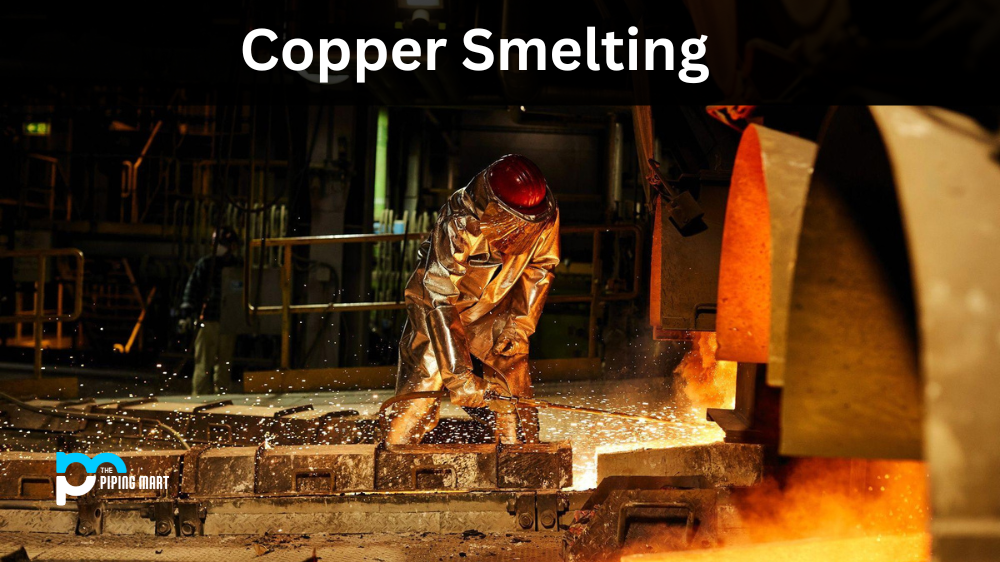Steel is one of the most important materials in construction and almost every other industry globally. The demand for Steel is ever-increasing, and with that demand comes the need for higher-quality Steel. There are several steel-producing countries worldwide, but today we will compare two popular steel producers: China and Australia. These two countries have become known for producing different grades of Steel, leading to a debate about which country produces better Steel. In this blog post, we will explore the differences between Australian and Chinese Steel and try to answer the question: which is better?
Difference Between Chinese Steel and Australian Steel
Quality of Steel
One of the key differences between Australian and Chinese Steel is the quality. Australian Steel is known for its high quality, thanks to the rigorous testing and regulations it undergoes. Australia has strict environmental and safety standards, and its steel production follows these regulations. On the other hand, Chinese Steel is often criticized for its lower quality due to a lack of regulations. While Chinese Steel may be cheaper, it is also less reliable and could cause safety issues in construction.
Production Techniques
Another significant difference between Australian and Chinese Steel is the production techniques. Australian steel manufacturers use the latest technological advancements to produce high-quality Steel. They use electric arc furnaces, which are more efficient and produce less pollution. In contrast, Chinese steel manufacturers use blast furnaces, which require more energy and produce more pollution. Additionally, Chinese steel manufacturers may use cheaper and less reliable materials, which impacts the overall quality of the Steel.
Price and Availability
One of the primary reasons Chinese Steel has become popular worldwide is its lower price. Chinese Steel is often much cheaper than Australian Steel, making it an attractive business option. However, there are drawbacks to using Chinese Steel, primarily the lower quality and safety concerns. Moreover, with the current global pandemic, the availability of Steel has become a concern. Chinese steel production has been affected by the pandemic, which has led to a shortage of Steel in the market, while Australian steel production has continued without any significant disruptions.
Environmental Impact
The environmental impact of steel production is essential in today’s world. Australian steel production has a lower environmental impact due to the regulations in place and the use of modern and efficient technology. As a result, Australian Steel is considered eco-friendlier than Chinese Steel. On the other hand, Chinese steel production has come under pressure on environmental grounds, with reports of pollution and environmental damage caused by the industry.
Reputation
A significant factor to consider when comparing Chinese Steel with Australian Steel is reputation. Due to its high quality and reliability, Australian Steel is highly sought after. It has a good reputation, not just in Australia but also internationally. On the other hand, Chinese Steel is known to be cheaper and of lower quality. This reputation has contributed to the influx of counterfeit Chinese steel products in the global market.
Conclusion
In conclusion, while Chinese Steel may seem attractive due to its lower price, the differences in quality, availability, environmental impact, and reputation make Australian Steel the better option. Australian Steel is known for its high quality, reliability, and sustainable production practices. On the other hand, Chinese Steel may be less expensive, but it is also less reliable and could cause safety concerns in construction. Therefore, it is essential to consider the factors above before deciding on which type of Steel to use in a project. Choosing the right Steel will ensure a building or infrastructure project’s safety, reliability, and longevity.

Hey, I’m Krutik, a casual blogger expert in the metal industry. I am passionate about providing valuable information to my readers. With a background in engineering and construction, I like playing Cricket & watching Netflix shows in my free time. Thank you for visiting my blog, and I hope you find my information helpful!




